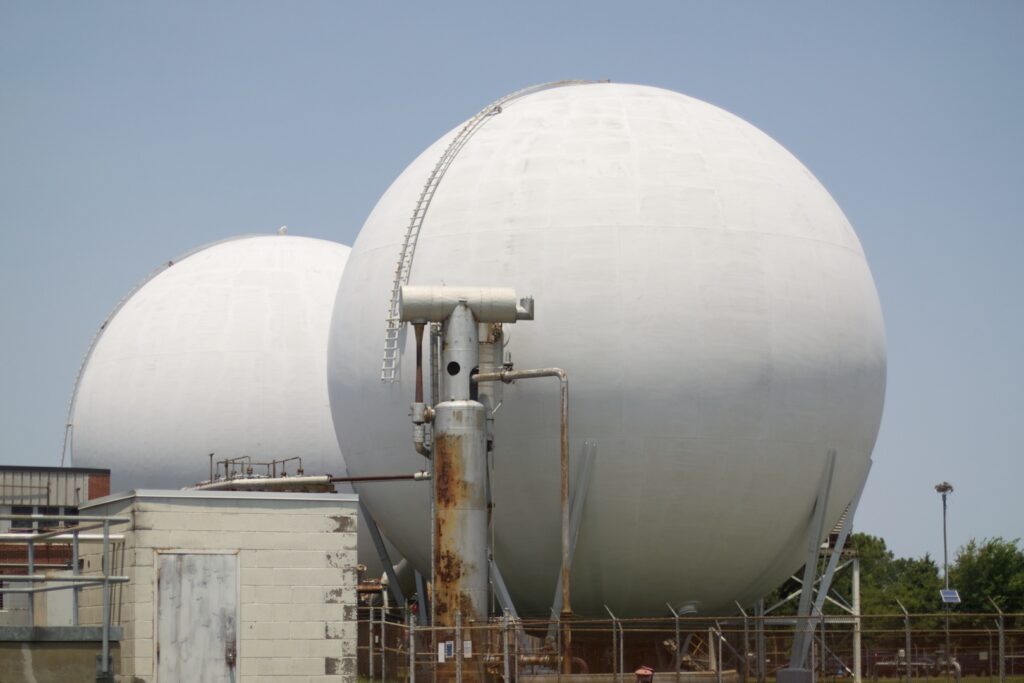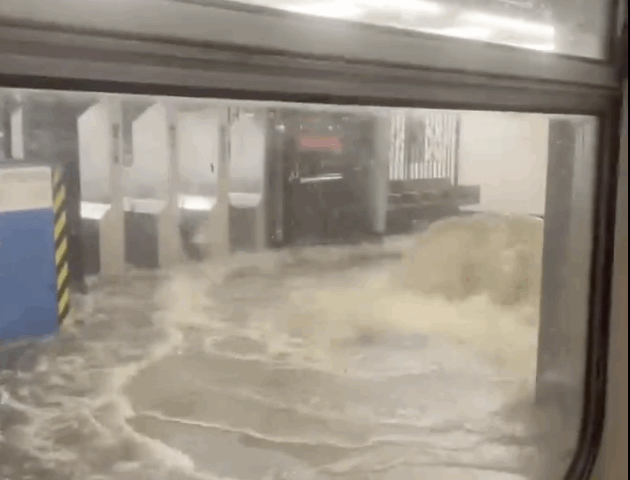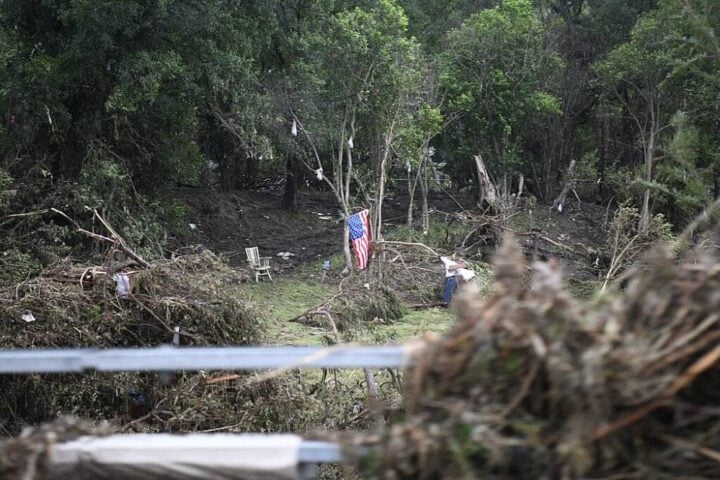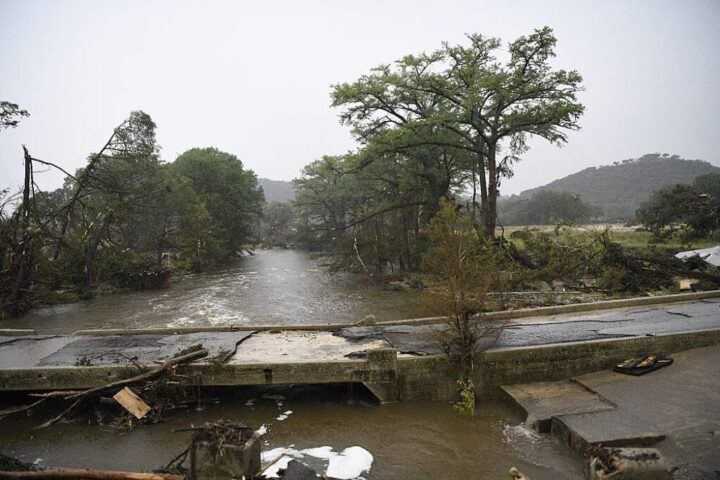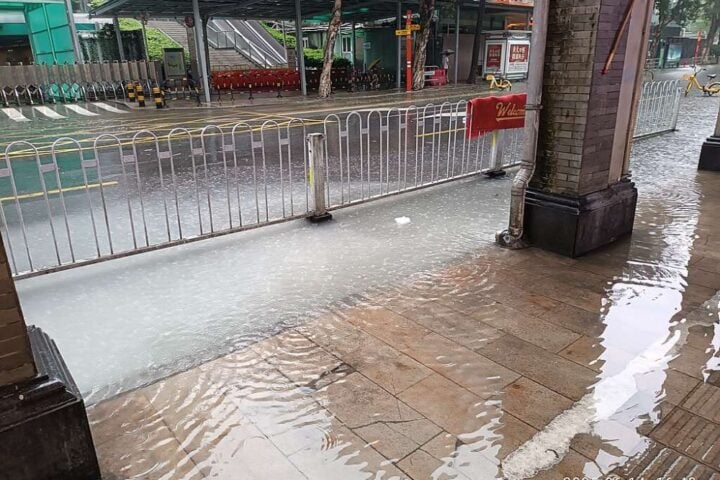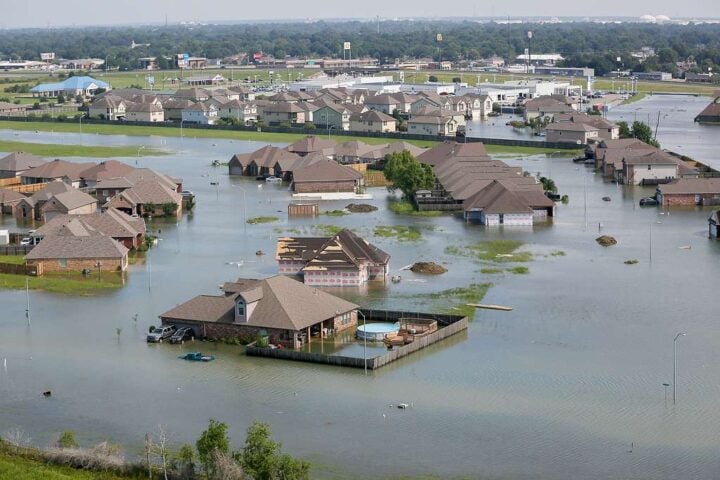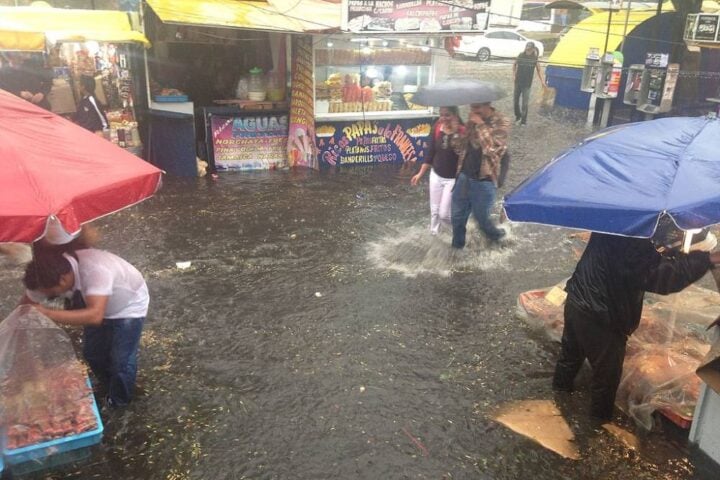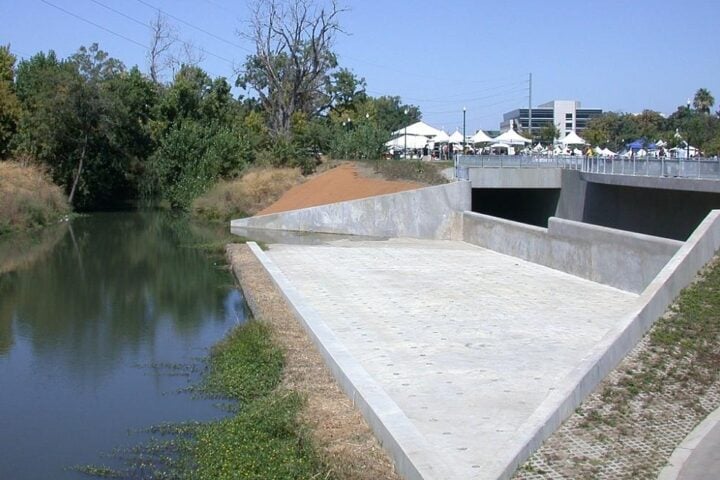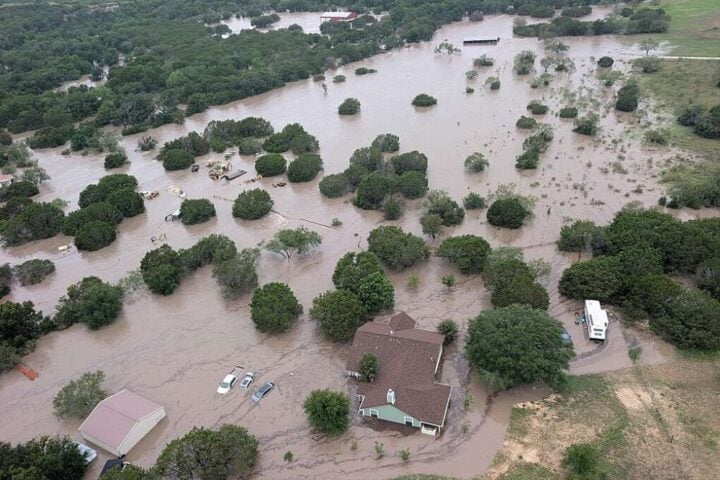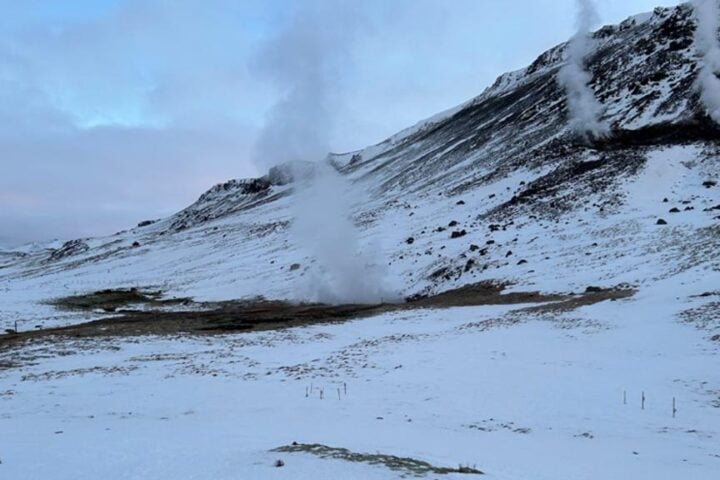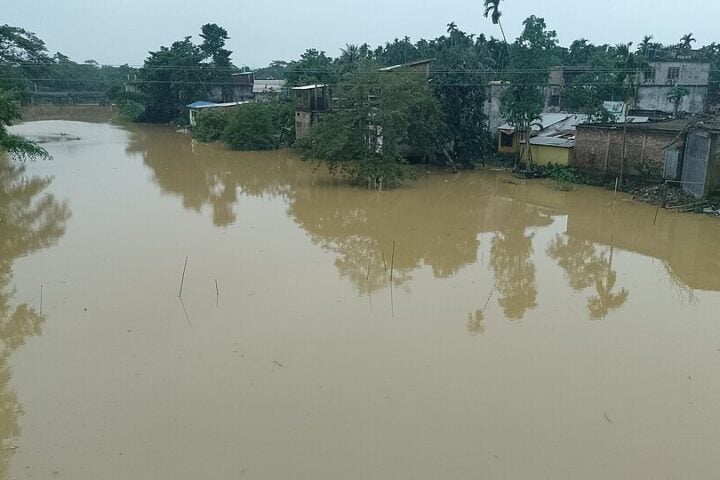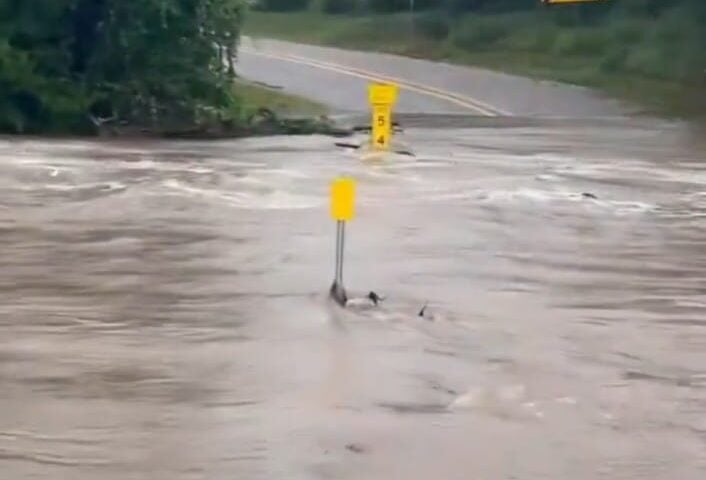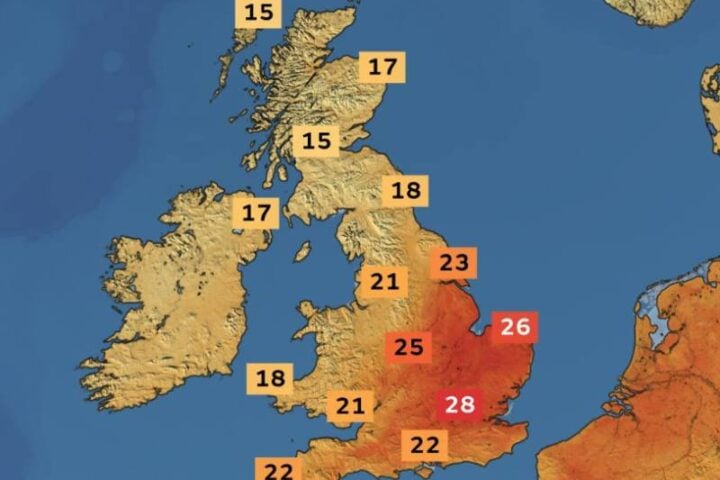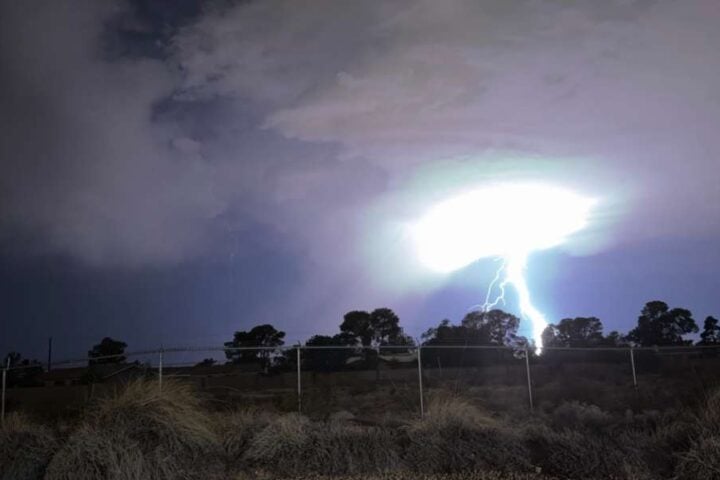Oregon State University research has unveiled a potential reason behind the rapid retreat of sea-terminating glaciers: the bursting of minuscule, pressurized bubbles in submerged ice. This groundbreaking study, recently published in Nature Geoscience, highlights that glacier ice, laden with pockets of pressurized air, melts significantly faster than bubble-free sea ice. Tidewater glaciers worldwide, notably in Greenland and the Antarctic Peninsula, are receding at alarming rates, leading to substantial ice mass loss.
Meagan Wengrove, the study’s lead and an assistant professor at OSU, remarked, “We’ve long known that glacier ice is riddled with bubbles.” The revelation came when the team delved into the physics, realizing these bubbles might be more than just underwater noise-makers during ice melt. Glacier ice originates from compacted snow, trapping air pockets between snowflakes which eventually get caught in pores between ice crystals. Remarkably, glacier ice contains about 10% air, amounting to roughly 200 bubbles per cubic centimeter.
Erin Pettit, a co-author, emphasized, “These are the same bubbles that preserve ancient air studied in ice cores.” The pressure within these tiny bubbles can soar up to 20 times the normal atmospheric pressure at sea level. When this bubble-rich ice meets the ocean, the bubbles burst, producing audible pops. Wengrove pointed out that while the existence of these pressurized bubbles in glacier ice is well-known, their impact on melting at the glacier-ocean interface had been overlooked.
Lab experiments from this study suggest that these bubbles might bridge the gap between observed and predicted melt rates of tidewater glaciers. The explosive nature of these bubbles, combined with their buoyancy, invigorates the ocean boundary layer during the melting process. This discovery has profound implications for climate models, especially those focusing on the top 40 to 60 meters of the ocean. Surprisingly, glacier ice melts over twice as fast as bubble-free ice.
Pettit highlighted a concern: “The models currently predicting ice melt rates at the tidewater glacier’s ice-ocean interface don’t factor in these bubbles.” Data from NASA attributes approximately 60% of sea level rise to meltwater from glaciers and ice sheets. A more accurate understanding of ice melt dynamics will enhance predictions of glacier retreat rates. Wengrove warned, “Communities might find it challenging to prepare for a 10-foot water level surge compared to a 1-foot rise.” She further added, “These tiny bubbles could play a monumental role in deciphering crucial future climate scenarios.”
Similar Posts
The research received funding from the Keck Foundation, the National Science Foundation, and the National Geographic Society. The Nature article titled “Melting of glacier ice enhanced by bursting air bubbles” delves deeper into the subject. Feedback mechanisms between ice melt, glacier movement, and ocean circulation can expedite ice loss at tidewater glaciers, altering sea-level rise projections. Current models, which overlook the presence of pressurized air bubbles in glacier ice, can underestimate glacier melt rates by a factor of 10-100.
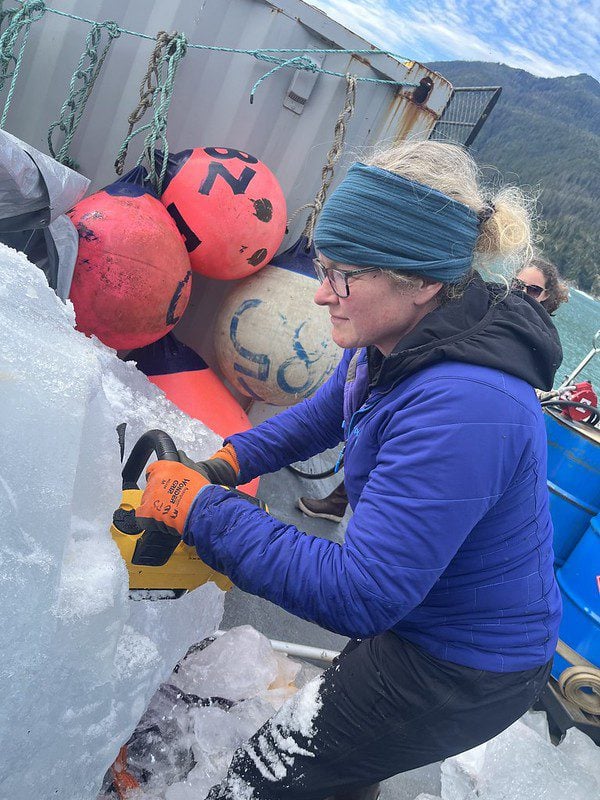
Laboratory experiments and theoretical arguments reveal that these bursting bubbles could be the missing link in this discrepancy. These bubbles inject air into the seawater, providing additional buoyancy and turbulent kinetic energy, accelerating the melt. Real glacier ice, as per the study, melts 2.25 times faster than clear, bubble-free ice in a controlled environment. Tidewater glaciers’ rapid retreat contributes to ice loss in regions like Greenland and the Antarctic Peninsula.
The microstructure of glacier ice is an often-neglected factor, with most melt parameterizations assuming bubble-free ice. Glacier ice forms from compacted snow, trapping air that accounts for about 10% of the ice’s volume. As glacier ice melts underwater, these pressurized bubbles explode, releasing air into the seawater. Despite the known presence of these bubbles, their effect on hydrodynamics near the boundary has been largely unexplored.
Bubbles play a significant role in mixing in various applications, from medical to industrial processes. Laboratory experiments in the study showcased the hydrodynamics of bubble ejection from natural glacier ice. These findings suggest that bubbles might explain a significant portion of the difference between observed and predicted submarine melt rates of tidewater glaciers. In laboratory settings, glacier ice melts at a rate of 9 mm/h, 2.25 times faster than clear ice.
The energy driving the boundary current flow is buoyancy, supplied by both meltwater and bubble air in glacier ice. The research underscores the importance of understanding the role of bubbles in glacier melt to refine sea-level rise projections. As the world grapples with climate change, these findings serve as a stark reminder of the intricate dynamics at play in our planet’s cryosphere.


